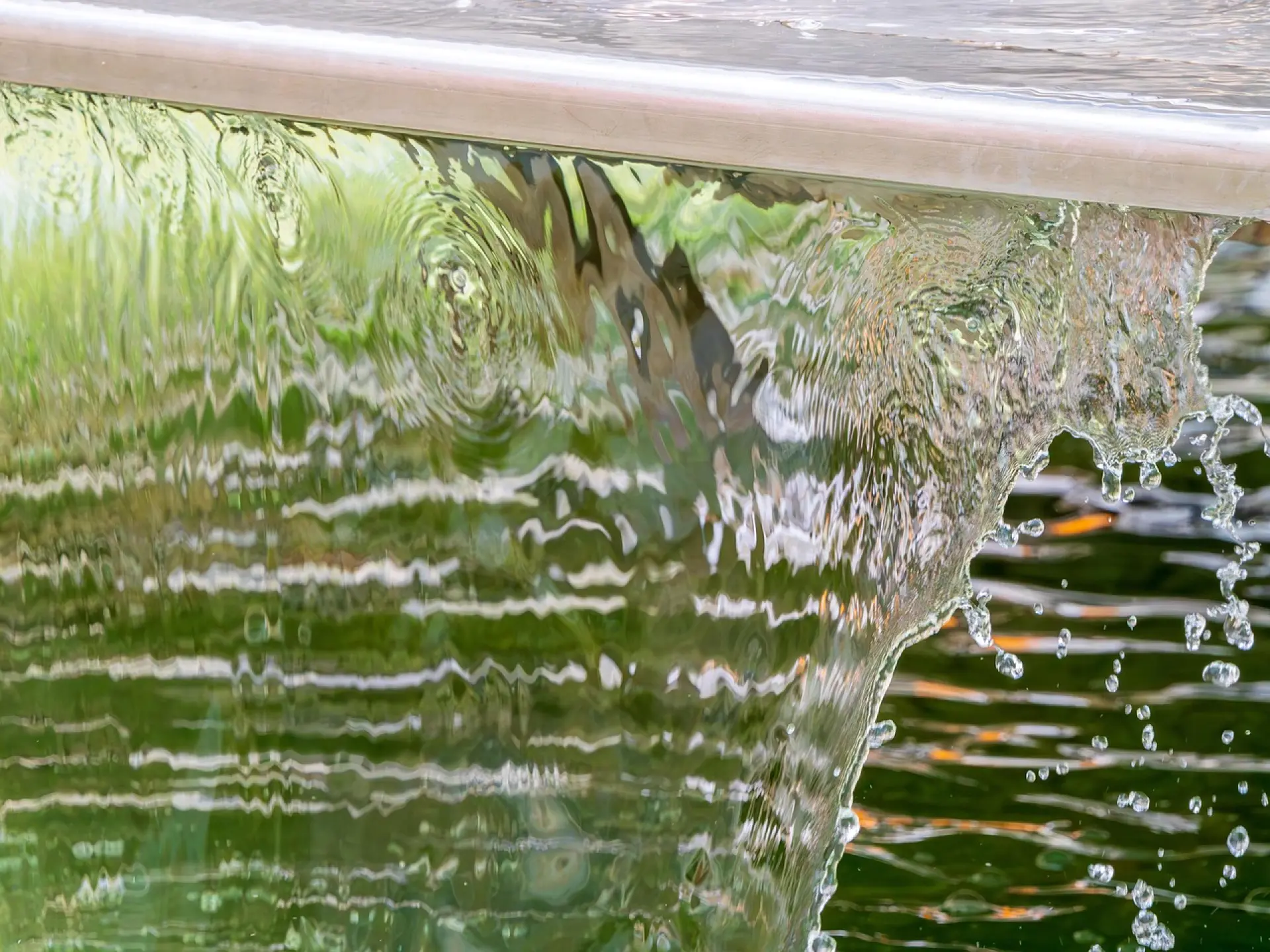Water softener resin: what is the difference with CO2 water softener?
Looking for information on the difference between resin and CO2 water softeners? Learn more about the use and operation of water softener resin. From the price of the resin in a water softener to the resin cartridge in a water softener, we explain how the resin water softener fights limescale in your pipe. We will also look at the maintenance and cleaning of the resin in a water softener. Finally, we will show you how the softener removes limescale from your pipes, such as your tap or shower.
What is the purpose of the water softener resin and how much does it cost ?
The water softener contains 2 tanks:
- A resin tank
- A salt tan
First, the water passes through the resin tank to remove calcium and magnesium ions (limescale). These ions are replaced by sodium ions (salt). This is the softening phase. In other words, the objective is to soften the water. When all the sodium ions are exchanged in the tank, the resin is saturated. It must therefore be regenerated with sodium ions so that it can soften the water. Secondly, the softener will regenerate itself by recharging the resin tank with brine. The sodium ions are fixed to the resin while the calcium and magnesium ions are discharged into the sewer system. Thanks to this filtration system, the resin acts as a magnet for magnesium and calcium ions. Thus, the water softener resin effectively eliminates limescale residues from your pipes.
The price of water softener resin varies greatly depending on the quality and quantity of resin you buy. You should compare the prices of different resins for your softener and make your choice according to your needs and those of your household.
Resin cartridge for water softener: benefits and disadvantages
The salt water softener has advantages:
- It is known to be effective in removing limescale on a long-term basis. Deposits and impurities are sometimes difficult to get rid of. With this softener, you can be sure of reducing the level of limescale.
- It extends the lifespan of your household appliances by improving the quality of the water. Limescale can sometimes occur and household products are not effective enough to remove it.
- It improves the quality of your hair and skin.
However, these water softeners have disadvantages:
- This type of softener is expensive and represents a fairly significant budget.
- It increases your water consumption. This is because the regeneration phase requires more water to recharge the resin with sodium ions.
- Since it is salt-based, you need to invest in bags of softener salt. You should order salt regularly to ensure that it works properly.
- It requires regular maintenance and inspection which is an additional cost.
- This softener generates waste.
- This waste cannot be disposed of in the septic tank. It must go directly to the sewer.
- At the time of installation, you may have to undertake quite expensive works.
- Recycling of the softener resin should be considered as an additional cost.
In short, the salt water softener, thanks to its water filtration system, is an effective way of removing limescale. However, it requires a significant financial investment and the waste discharged into the sewer system can have an impact on the environment.
L'entretien et le nettoyage de la résine d'un adoucisseur d'eau
In addition to the installation work, salt bags and control, you should consider cleaning your water softener resin. The composition of the resin in a water softener requires regular maintenance. By removing the limescale deposit, the resin captures other pollutants than magnesium and calcium ions. They must therefore be removed. But how do you clean the water softener resin? To do so, you need to pour a bottle of cleaning agent into the salt tank of the softener. This cleans the resin cartridge of your softener. This should be done every 6 months to 1 year maximum.
It is important to note that salt water softeners require regular and extensive maintenance to ensure the appliance works properly. In addition, you should remember to change the resin beads. It is important to keep a correct level of resin since it is the central element of the softener. You should therefore remember to recycle your water softener resin.
Is a CO2 water softener the best alternative?
Now that you have understood how a resin softener works, we can wonder if the salt-free water softener is more ecological and economical? By injecting food-grade CO2 directly into the water, it transforms the limestone into calcium bicarbonate. The water is thus treated while keeping its natural taste.
Moreover, the CO2 water softener is more affordable in the long run. The price of the water softener resin is indeed a significant regular expense for a household. Once installed, you don't need bags of salt or maintenance. The installer can come and install it under your sink, in your garage, etc.
This innovative solution saves you money because the softener requires no maintenance, no salt, no regeneration and produces no waste. It is therefore more ecological and economical while remaining reasonably priced. Our device is installed after the water meter is in compliance with the standards in force in the country.
Do you have any additional questions about resin or CO2 water softeners?
Browse our FAQ's to learn more about resin and water softeners.
When should the resin in a water softener be changed?
In general, resin beads are quite durable. However, they should be changed every 15 to 20 years. This ensures that you have a perfect, limescale-free taps.
Which resin for my softener?
We recommend you choose your resin according to the level of water hardness and your water consumption. There are several brands with varying degrees of softening power available in small or large quantities.
